Coating and galvanising: industrial ecological processes? In GBM: yes
Thanks to technological development, some metal processing associated to heavy industry are becoming more and more eco-friendly. Surprised? Here’s the reason why.
To be protected from corrosion caused by the flow of time and by atmospheric agents, metal and steel manufactures may undergo different treatments. The main and most used treatments, with decades of history, are the coating and galvanising. With the evolution of technologies that are at the basis of these processes, these activities, that in the past were less regulated, are increasingly converting into a sustainable impact on the environment.
In GBM, we have decided to follow this path to the bottom to guarantee that all our products are compliant with the ethical code we self-imposed.
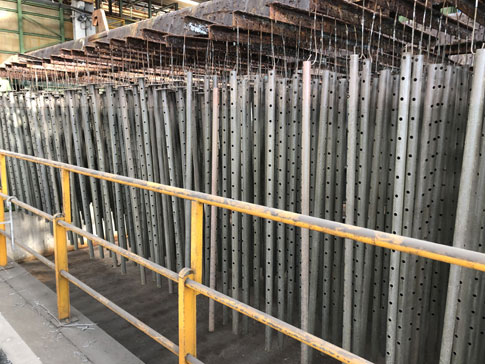
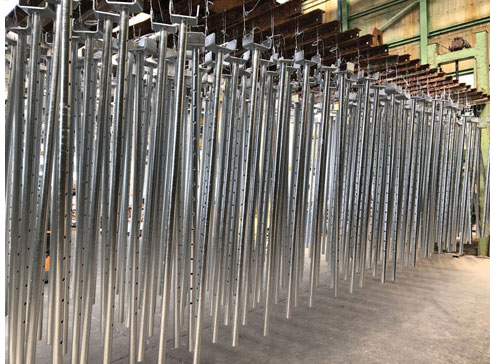
Zinc and environment
Not only is the zinc an element that occurs in nature, it is also essential to all living organisms, whether they are flora or fauna, that means human beings included. Every living being has an optimum range of concentration of zinc and some food contains a good quantity of it. Without going too deep into the biochemical field, we’ll make two distinctions:
From this premise we can understand that the main purpose of those who work with such metal in industrial processes is to facilitate its disposal and reversibility into the environment to avoid ecological imbalance.
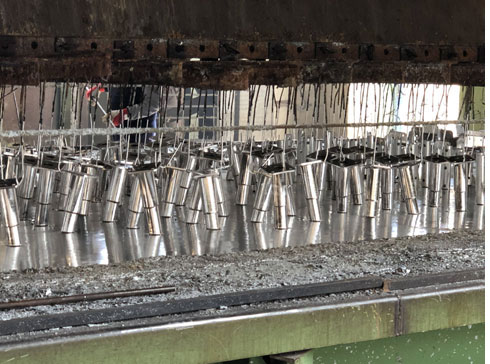
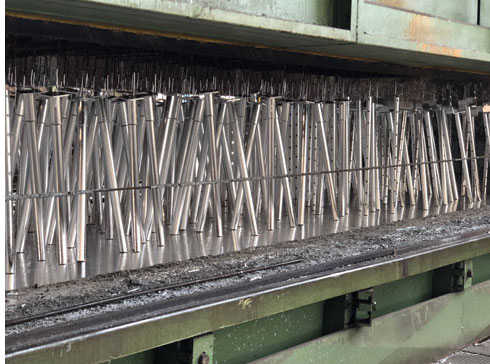
The main advantages of modern galvanising
We adopt the most modern metallurgical techniques to make sure that our products are eco-friendly. Here’s what are the main positive aspects of galvanising made by GBM.
1. Galvanising is an extremely efficient way to protect the steel
Since we do our best to protect our products, we can guarantee their lifetime of decades even under the most adverse weather conditions, so that regular maintenance won’t be needed and therefore the natural productive costs won’t rise.
2. No loss of material
Galvanising doesn’t imply loss of material, avoiding therefore the consumption of natural resources. Moreover, the steel will be recycled more efficiently, not being affected by erosion produced by natural causes. In our continent, steel is the most recycled material to this day, with peaks of 87% in some countries of the European Union, and to keep such high percentages we need to maintain its structural integrity.
This is another key point of the sustainability of every industrial process, the less useless residues we produce, the less they are going to affect the environment.
Unlike last century, when it was necessary to use great quantity of water for galvanising, the most modern techniques and the remodelling of establishments have revolutionised the consumption of that valuable resource. Now the different stages of processing are executed in a factory characterised by a continuous production which reduces waste and reuses the heat released, when possible. Therefore, from 2000 to today, we have obtained a reduction of the water consumption of 90% and of carbon dioxide emissions of 60%.
5.Adherence to the European legislation 2011/65/UE
The galvanisation of our products is compliant to this legislation and to its subsequent modifications and integrations about the restrictions on the use of certain dangerous substances in electric and electronical equipment.
More specifically, the processes and materials we use during galvanising DO NOT CONTAIN:
a.Lead;
b.Mercury;
c.Cadmium;
d.Hexavalent chromium;
e.Polybrominated biphenyls (PBB);
f.Polybrominated diphenyl ethers (PBDE).
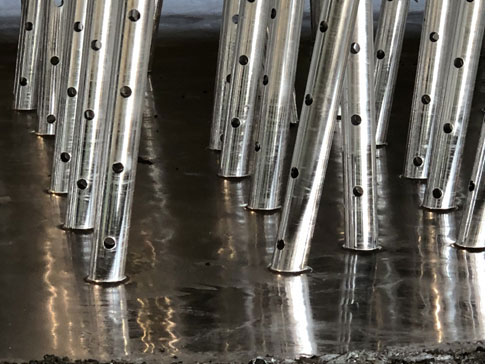
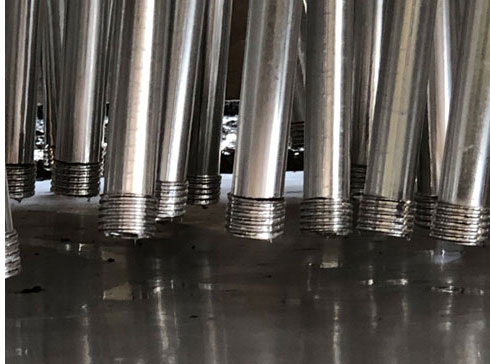
Coating: what has changed from the past
The other most used process to protect the metal is the coating. Even in this case, the current techniques, both from their applicative and compositional points of view, have shown great improvements regarding the efficiency of consumption and the reuse of residues of processing. Due to the chemical nature of such residues, the waste deriving from those processes is often considered a special waste, with all that it implies in terms of time and disposal cost, as well as its environmental impact.
There is another very important factor that entered the coating field some years ago and is spreading more and more: water-based paints. Water based paints, also called water soluble paints, allow to solve problems that were once considered insurmountable.
What ecological advantages do our painted products have?

Thanks to the use of water-based paints it has been possible to provide the following results:
1. Reduction of traditional solvents and their substitution with water
Comparing the formula of two comparable paints, water based and solvent-based paints, we may see that water base paints contain a considerably lower percentage of solvent chemical substances, with an average reduction of 40-50%. This obviously implies a lower spread and dispersion in the processing of chemical substances.
2. Reduction of volatile and harmful substances in the drying process
The idea behind the coating process is the application of a continuous and resistant film that protects the material beneath, in our case the steel. This layer is obtained at a stage after its application, the drying process. The use of water-based paints reduces remarkably, in some cases up to 95%, the emission of volatile organic compound (VOC), fine-grained powders that can cause several problems, into the environment.
3.Complete lack of some solvent pollutants used in the past.
Due to the composition itself of the water-based paints, many solvents massively used in the past cannot be used in such paints because of their high fat-solubility.
Examples include:
a.Toluene;
b.Trichloroethylene;
c.Perchloroethylene;
d.Vinyl chloride and others pertaining to the group of chlorinated solvents;
e.N-hexane
Last update:
News

BAUMA 2025 - 7-13 APRIL 2025
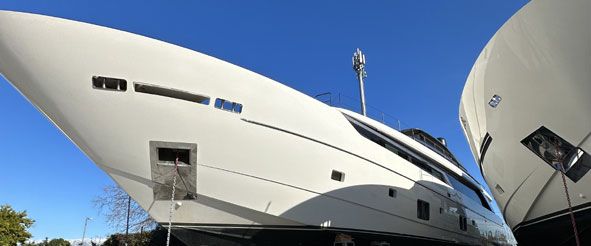
GBM's shipbuilding scaffoldings
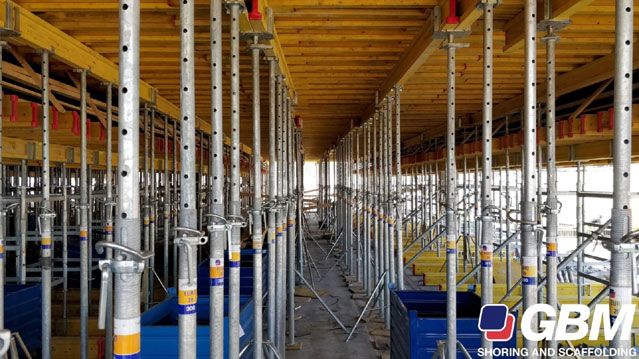
Props required to sustain a slab: guidelines on how to establish distances, classes and quantities.
GBM Contacts: info, prices & quotes
Would you like further information on GBM products? Ask anything!
 Italiano
Italiano English
English Deutsch
Deutsch Français
Français Português
Português Polski
Polski Български
Български Română
Română Español
Español Русский
Русский Српски
Српски Hrvatski
Hrvatski Slovenski
Slovenski Shqip
Shqip Magyar
Magyar English (US)
English (US)